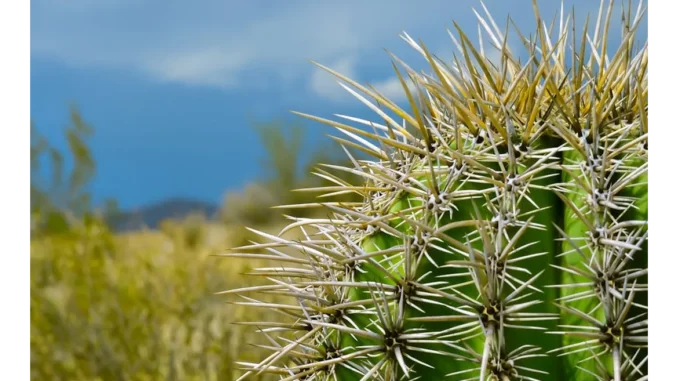
Elevating Your Outdoor Sanctuary: Embrace Native Plants with Waterwise Expertise
Turn your garden into your private retreat, enjoyable day or night complements of Elegancia.homes.
As spring breathes new life into our surroundings, many homeowners find themselves yearning to transform their outdoor sanctuaries into flourishing havens of greenery and colour. Among the most effective strategies to achieve this verdant vision is the incorporation of native plants into your landscape design. Not only do these plants offer an exquisite tapestry of hues and textures, but they are also inherently suited to local climates, requiring less maintenance than their non-native counterparts. Guided by the insights of Scott Vogt, Executive Director of the Landscape Design Archives, we delve into the art of waterwise gardening—a method that marries beauty with sustainability.
The Essence of Waterwise Planting
Waterwise planting is a refined technique that prioritises water conservation while ensuring your garden flourishes with the moisture it needs. This approach is particularly vital in regions susceptible to drought or where water conservation is paramount. By adopting waterwise practices, you cultivate a garden that not only captivates the eye but also diminishes your environmental footprint.
Year One: Laying the Foundation
The inaugural year is pivotal in the establishment of your native plants. Upon acquiring your flora, it is imperative to plant them promptly and water them thoroughly. This initial saturation aids the roots in settling into the surrounding earth. For the first fortnight, maintain a daily watering regime, unless nature provides its own showers. This regular hydration ensures the tender roots, still nestled in potting soil, receive the nourishment needed for growth.
As the first month progresses, gradually reduce watering to two or three times weekly, contingent on weather conditions. Allowing the top inch or two of soil to dry between waterings promotes deeper root growth, fostering resilience against drought.
Year Two: Cultivating Depth
In the second year, your plants should be well on their way to developing a robust root system. During dry spells, engage in deep watering once or twice weekly. This practice encourages root penetration into the soil, reducing dependency on frequent watering.
Year Three and Beyond: A Self-Sufficient Ecosystem
By the third year, your native plants should have established themselves robustly, necessitating minimal supplemental watering. Drought-tolerant species may require no additional moisture, while others might need slight support during extended dry periods. Selecting plants that harmonise with your local environment will further minimise the need for maintenance.
Exemplary Waterwise Gardening Practices
-
Mulching Majesty: Apply a sumptuous layer of mulch around your plants to conserve soil moisture and curb evaporation. Mulch also aids in weed suppression and enhances soil vitality.
-
Morning Rituals: Water your plants in the early hours to mitigate evaporation losses, ensuring they are well-hydrated as the day warms.
-
Soil Savvy: Acquaint yourself with your soil type for optimal watering. Sandy terrains drain swiftly, necessitating more frequent watering, whereas clay soils retain moisture and require less.
-
Perfect Pairing: Choose plants that resonate with your garden’s specific conditions—sunlight, soil type, and moisture levels—to ensure thriving flora with minimal intervention.
-
Patience with Fertilisation: Avoid fertilising new plants, as this can spur rapid top growth unsupported by the nascent root system. Prioritise root establishment before introducing fertilisers.
Through the adoption of these refined waterwise techniques, you can cultivate a garden that not only enchants with its aesthetic allure but also thrives on minimal water consumption. Native plants enhance your landscape’s visual splendour while providing vital habitats for local wildlife. Embrace the elegance and resilience of native flora and indulge in a garden that evolves gracefully with the seasons.


Be the first to comment